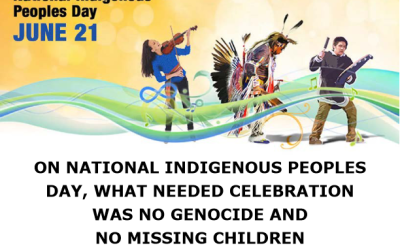 EXECUTIVE SUMMARY
EXECUTIVE SUMMARY
Winnipeg’s share of Canada’s immigrant population declined over the last two decades.
Winnipeg receives a higher proportion of refugees than the rest of Canada, but Filipinos represent the largest ethnic percentage. Family reunification brings more new immigrants to Manitoba than to other provinces, and the average age of immigrants is therefore higher.
Nine out of ten newer immigrants speak English, and younger ones tend to be better educated. Although older immigrants generally report lower education levels than native-born Canadians, over time they achieve near parity. Immigrant families are larger in size, and birth rates are higher. Rates of labour force participation start out lower for new arrivals and even lower for younger ones, but quickly exceed those of the pre-existing population. These rates correlate directly with education levels, but even the well-trained are having difficulty obtaining work that reflects their skill levels.
Immigrants gravitate in larger numbers to sales and processing jobs, but in time move into supervisory roles at the same rate as established residents. Fewer fully leverage their education levels, but rates of income eventually reach the same level. Newer and younger immigrants tend to receive fewer government transfers than native Canadians, but surprisingly those who arrived prior to 1981 do collect transfers at higher rates. Income levels for recent immigrants start low, but rapidly reach parity, and pre-1981 immigrants tend to have higher incomes than the Canadian-born.
Read 10 page backgrounder in pdf format – An Immigration Profile of Winnipeg
See related Policy Series Paper 17 – PS 17 Should We Close Our Borders


